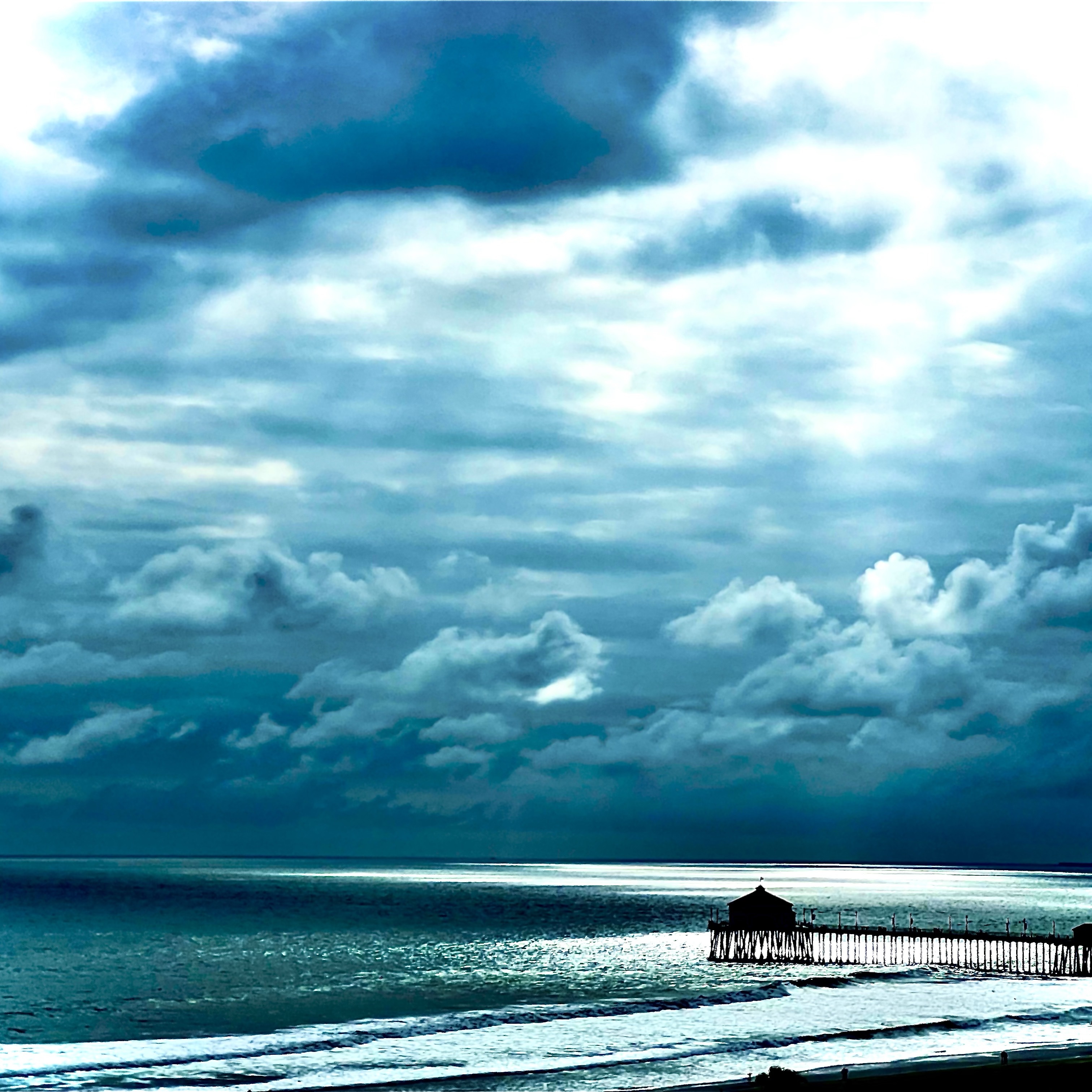Vineyard 29
Estate Cabernet Sauvignon
 St. Helena, Napa Valley, California, USA
St. Helena, Napa Valley, California, USA

07' Vineyard 29 Estate Cabernet. Decanted for 1+. Dark brick red/purple in color. My humble opinion it's one of the best 2007's. Close to a one minute finish! It has 20+ years in it!
Grace family previously owned these vineyards. I wonder if they regret selling them?
07' Vineyard 29 Estate Cabernet. Decanted for 1+. Dark brick red/purple in color. My humble opinion it's one of the best 2007's. Close to a one minute finish! It has 20+ years in it!
Grace family previously owned these vineyards. I wonder if they regret selling them?

In my opinion, this was the wine of the night.
The nose is rich with barrel toast, black cherries and a hint of maple syrup. On the palette, the wine is multi dimensional and layered. The tannins are perfectly integrated and plush. The wine finishes with tobacco, spices and just the right amount of sweetness- outstanding!
In my opinion, this was the wine of the night.
The nose is rich with barrel toast, black cherries and a hint of maple syrup. On the palette, the wine is multi dimensional and layered. The tannins are perfectly integrated and plush. The wine finishes with tobacco, spices and just the right amount of sweetness- outstanding!

Mag,
2nd day is essential, opened yesterday & decanted 4 hours today. This is right there with the 2005.
Its been 4 years since my last 07, it still has plenty of life but why wait when you can decant🤷🏼♂️
The 29 Estate vineyard is situated on the east-facing hillside at the base of the Mayacamas range, a couple miles north of St. Helena and just above Highway 29. The soil here is clay loam with gravel deposits, deeper at the bottom of the slope and shallower and rockier toward the top (the Sauvignon Blanc is planted in the rockiest spot, followed by the Cabernet Franc and then Cabernet Sauvignon). The slope and soil content ensure good drainage, while the rocks and gravel allow the roots to penetrate deep, ensuring more stable vines and more consistent ripeness. Average yields here for Cabernet Sauvignon are a moderate 2.8 to 3.2 tons per acre, held down by the vine stress associated with steep vines.
Vineyard 29 is located in the narrow hourglass part of Napa Valley and benefits from consistently good air flow. Even in 2008, there was just a touch of frost at the bottom of the vineyard, according to McMinn, who noted that his Aida vineyard just two miles to the north is typically six or seven degrees warmer. The site also benefits from its eastern exposure, capturing early morning sunlight but with the mountain above protecting the vines against the most intense afternoon sun. The result is slow, consistent ripening of the grapes and healthy sugar levels with much less risk of desiccation, which in turn means rounder, more integrated tannins. Although St. Helena is a very warm region, day-night temperature variation at Vineyard 29 is among the widest in Napa Valley, according to McMinn.
Thanks to Vineyard 29’s well-aerated site and protection from the hottest afternoon sun, the estate Cabernet always has sound acidity; it has never been acidified, according to winemaker Emerson. The pH of the Vineyard 29 estate wine is typically between 3.75 and 3.9, and alcohol levels are moderate by Napa Valley standards, almost always in the high 14s (with 2009 the only vintage to have exceeded 15%). The wines are frequently characterized by black and blue fruits—cassis, blackberry, blueberry—and notes of chocolate, licorice and spices. Compared to the Grace Family Vineyards wine, made from a vineyard barely 200 yards to the north from the same plant material, the Vineyard 29 wine is characteristically a bit less floral and delicate but riper and denser, combining power with typically plush, ripe tannins. Emerson noted that Vineyard 29 is typically harvested at least a week later than the Grace site, noting that the tannins “take a long time to lose their chalky character and come around.” Luckily, he added, “the fruit here can hang for a long time without getting too crazy with sugar.” And the estate routinely picks in two passes, typically seven to ten days apart.
Mag,
2nd day is essential, opened yesterday & decanted 4 hours today. This is right there with the 2005.
Its been 4 years since my last 07, it still has plenty of life but why wait when you can decant🤷🏼♂️
The 29 Estate vineyard is situated on the east-facing hillside at the base of the Mayacamas range, a couple miles north of St. Helena and just above Highway 29. The soil here is clay loam with gravel deposits, deeper at the bottom of the slope and shallower and rockier toward the top (the Sauvignon Blanc is planted in the rockiest spot, followed by the Cabernet Franc and then Cabernet Sauvignon). The slope and soil content ensure good drainage, while the rocks and gravel allow the roots to penetrate deep, ensuring more stable vines and more consistent ripeness. Average yields here for Cabernet Sauvignon are a moderate 2.8 to 3.2 tons per acre, held down by the vine stress associated with steep vines.
Vineyard 29 is located in the narrow hourglass part of Napa Valley and benefits from consistently good air flow. Even in 2008, there was just a touch of frost at the bottom of the vineyard, according to McMinn, who noted that his Aida vineyard just two miles to the north is typically six or seven degrees warmer. The site also benefits from its eastern exposure, capturing early morning sunlight but with the mountain above protecting the vines against the most intense afternoon sun. The result is slow, consistent ripening of the grapes and healthy sugar levels with much less risk of desiccation, which in turn means rounder, more integrated tannins. Although St. Helena is a very warm region, day-night temperature variation at Vineyard 29 is among the widest in Napa Valley, according to McMinn.
Thanks to Vineyard 29’s well-aerated site and protection from the hottest afternoon sun, the estate Cabernet always has sound acidity; it has never been acidified, according to winemaker Emerson. The pH of the Vineyard 29 estate wine is typically between 3.75 and 3.9, and alcohol levels are moderate by Napa Valley standards, almost always in the high 14s (with 2009 the only vintage to have exceeded 15%). The wines are frequently characterized by black and blue fruits—cassis, blackberry, blueberry—and notes of chocolate, licorice and spices. Compared to the Grace Family Vineyards wine, made from a vineyard barely 200 yards to the north from the same plant material, the Vineyard 29 wine is characteristically a bit less floral and delicate but riper and denser, combining power with typically plush, ripe tannins. Emerson noted that Vineyard 29 is typically harvested at least a week later than the Grace site, noting that the tannins “take a long time to lose their chalky character and come around.” Luckily, he added, “the fruit here can hang for a long time without getting too crazy with sugar.” And the estate routinely picks in two passes, typically seven to ten days apart.

My last 07, one notch below the 05, but still delicious .
Whats up with this app again, please update it!!!!!
My last 07, one notch below the 05, but still delicious .
Whats up with this app again, please update it!!!!!

I definitely bought this on a recommendation from one of you dudes. I think it was @Martin G Rivard I taste first Deliciousness. Second I taste black currant, some red bell pepper, black cherry and cedar. Only wine drinkers can taste cedar or say they do. Color is rich and dark. Nose is of violet.
I definitely bought this on a recommendation from one of you dudes. I think it was @Martin G Rivard I taste first Deliciousness. Second I taste black currant, some red bell pepper, black cherry and cedar. Only wine drinkers can taste cedar or say they do. Color is rich and dark. Nose is of violet.
Dec 10th, 2016




